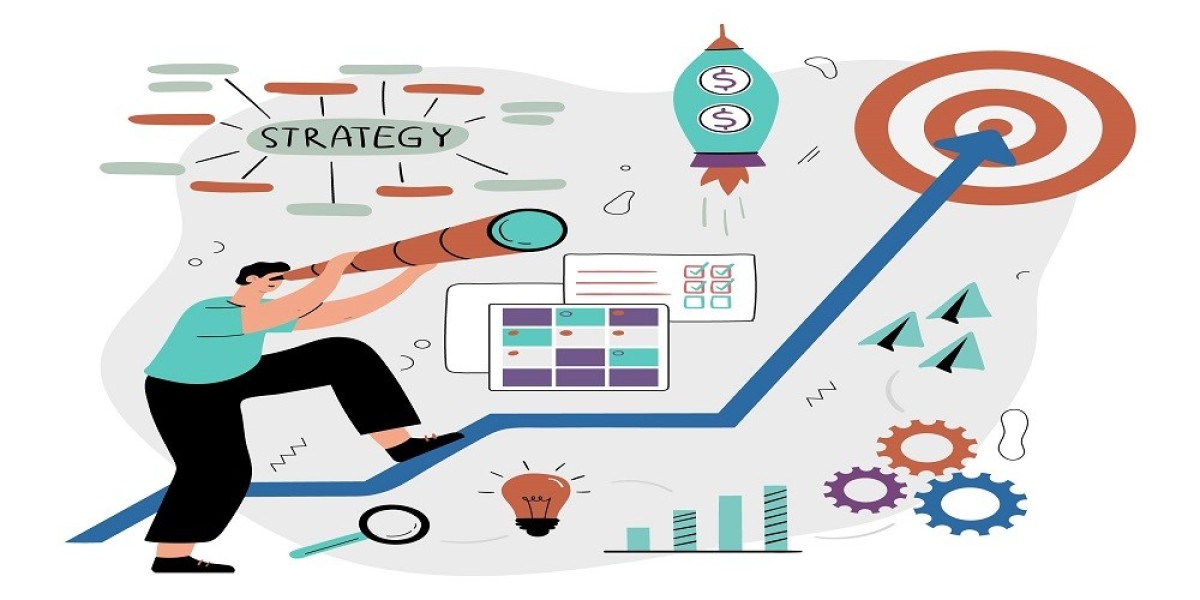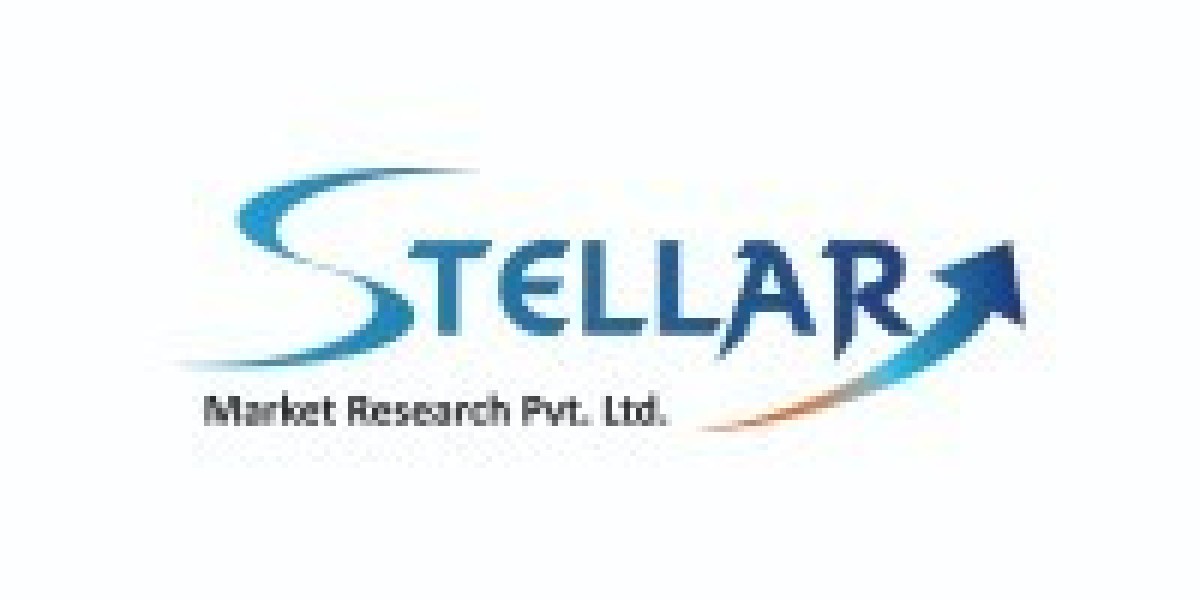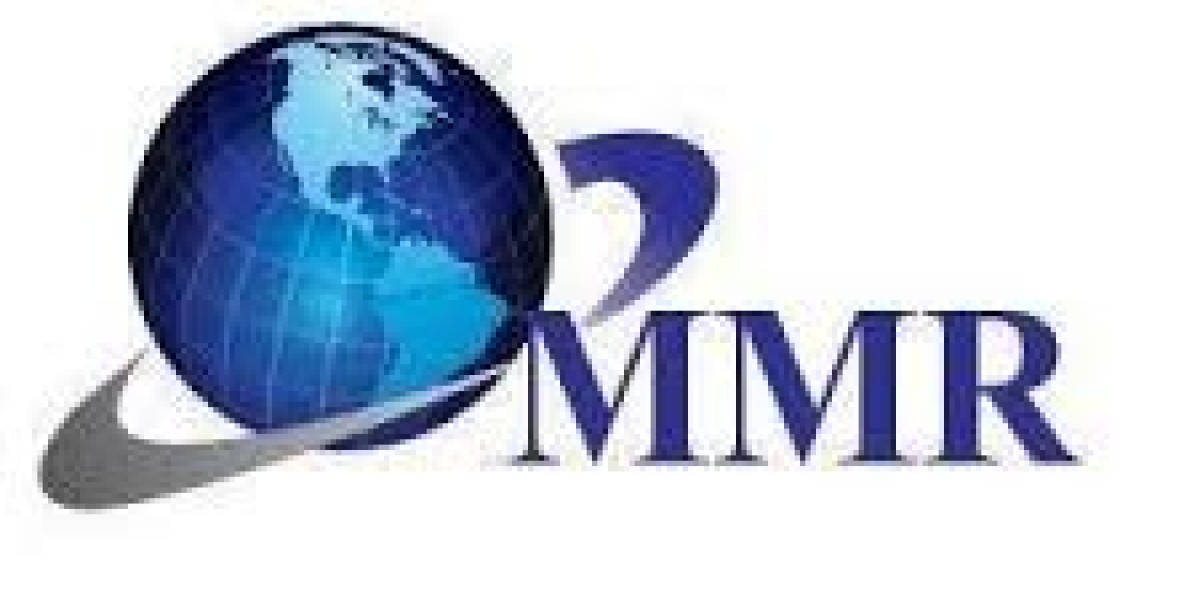Demand forecasting is a crucial practice for businesses, serving as a navigational tool that guides strategic decisions and aids in understanding the ever-evolving market landscape. In this comprehensive article, we will delve deep into the significance of demand forecasting, explore various methods employed in this process, and introduce thouSense, an innovative tool poised to revolutionize demand forecasting.
What is Demand Forecasting?
Demand forecasting is a multifaceted process that revolves around predicting future customer demand for specific products or services. This prediction is made through a meticulous analysis of historical data, identification of emerging market trends, and an in-depth scrutiny of various influencing factors that could impact demand.
The Importance of Demand Forecasting
Accurate demand forecasting holds pivotal importance for businesses due to several compelling reasons:
1. Inventory Management
Managing inventory is akin to walking a tightrope. Accurate demand forecasts empower businesses to maintain optimal inventory levels, thus avoiding the pitfalls of both overstocking and understocking. This, in turn, leads to reduced carrying costs and ensures that products are readily available when customers demand them.
2. Production Planning
Demand forecasts play a pivotal role in production planning. By aligning production schedules with anticipated demand, businesses can mitigate the risks associated with underproduction or overproduction. This streamlined production process translates into significant cost savings.
3. Financial Planning
Financial stability and growth are often dependent on effective demand forecasting. It allows businesses to allocate resources efficiently, manage cash flow, and make well-informed investment decisions. In essence, demand forecasting provides the financial roadmap that organizations need to thrive.
Methods of Demand Forecasting
The accuracy of demand forecasts heavily relies on the methods employed. Let's delve deeper into these methods:
1. Qualitative Methods
Qualitative methods come into play when historical data is scarce or when dealing with entirely new products. They lean on expert opinions, market research, and surveys to make predictions. This approach adds a qualitative and human touch to forecasting, often providing unique insights that data alone cannot.
2. Time Series Analysis
Time series analysis involves a meticulous examination of historical data to identify recurring patterns and trends. This method is exceptionally useful for products or services with consistent demand patterns. It leverages historical data as a blueprint for future predictions, making it a cornerstone of demand forecasting in various industries.
3. Causal Models
Causal models take into account the intricate cause-and-effect relationships between various external factors such as advertising, pricing, and economic conditions. These models come to the forefront in industries where external variables significantly influence demand. By dissecting the relationship between these factors and demand, businesses gain a deeper understanding of what drives their market.
Implementing Demand Forecasting
To effectively implement demand forecasting, organizations need to follow a systematic approach:
Data Collection
The foundation of demand forecasting lies in data collection. Businesses need to gather and maintain reliable data, including historical sales data, customer information, and market data. The richness and completeness of the data directly impact the accuracy of the forecasts. Companies often invest in data management systems and platforms to streamline this crucial aspect.
Choosing the Right Tools
Selecting the right tools and technology is paramount. While traditional methods suffice for some businesses, advanced software solutions like thouSense offer a significant edge. These tools leverage the power of artificial intelligence and machine learning to enhance accuracy and efficiency. The integration of data analytics platforms is becoming increasingly common to handle the vast datasets required for precise forecasting.
Analysis and Model Selection
After collecting data, businesses need to undertake a rigorous analysis. This step includes selecting the most appropriate forecasting model based on industry, product, and data availability. The utilization of statistical software and machine learning can be instrumental in making these decisions. The analysis stage is not a one-time effort; it requires continuous refinement as new data becomes available and market dynamics change.
Continuous Monitoring and Adjustment
Demand forecasting is a dynamic and ongoing process. Continuous monitoring of forecasts and their comparison to actual sales are vital steps. Organizations must be prepared to make adjustments as needed. This iterative approach ensures that forecasts remain accurate over time and reflect the shifting nature of markets. The ability to adapt swiftly is a competitive advantage in the ever-evolving business landscape.
The Impact of thouSense
What is thouSense?
thouSense is a revolutionary demand forecasting tool powered by cutting-edge artificial intelligence and machine learning algorithms. It seamlessly integrates historical data analysis, predictive modeling, and real-time market insights to provide businesses with highly accurate demand forecasts. The incorporation of thouSense represents a paradigm shift in demand forecasting capabilities.
Benefits of Using thouSense
1. Enhanced Accuracy
thouSense's advanced algorithms can analyze vast datasets, identifying even the most subtle trends that might elude human analysis. This results in remarkably precise forecasts, greatly reducing the risk of understocking or overstocking. The tool's machine learning capabilities continuously refine models, ensuring ongoing accuracy.
2. Time and Resource Savings
One of the most significant advantages of utilizing thouSense is the automation of the forecasting process. This translates into substantial time and resource savings, allowing teams to focus on strategic decision-making instead of manual data analysis. The tool's ability to process and analyze data at an unprecedented speed leads to increased efficiency across the organization.
3. Scalability
thouSense is incredibly adaptable and scalable, catering to a diverse range of industries and business sizes. Whether you run a small e-commerce store or a large manufacturing facility, thouSense can tailor its forecasting capabilities to your unique needs. Its versatility ensures that businesses of all scales can harness the power of advanced demand forecasting.
Conclusion
Demand forecasting is not merely a process but a strategic tool that empowers businesses to navigate the complex world of commerce with confidence. It optimizes inventory management, streamlines production planning, and plays a pivotal role in financial decision-making.
In conclusion, demand forecasting is the cornerstone of sustainable growth and competitive advantage in today's business landscape. By embracing advanced solutions like thouSense, companies can stay ahead of the competition, adapt to changing market dynamics, and achieve enduring success.
Predict your sales volume and demand trends with our Artificial Intelligence-based SaaS platform visit: https://thousense.ai/
Source: https://www.diigo.com/item/note/9zi58/8n0e?k=6319d2c7e0adc98793311823b697278b








